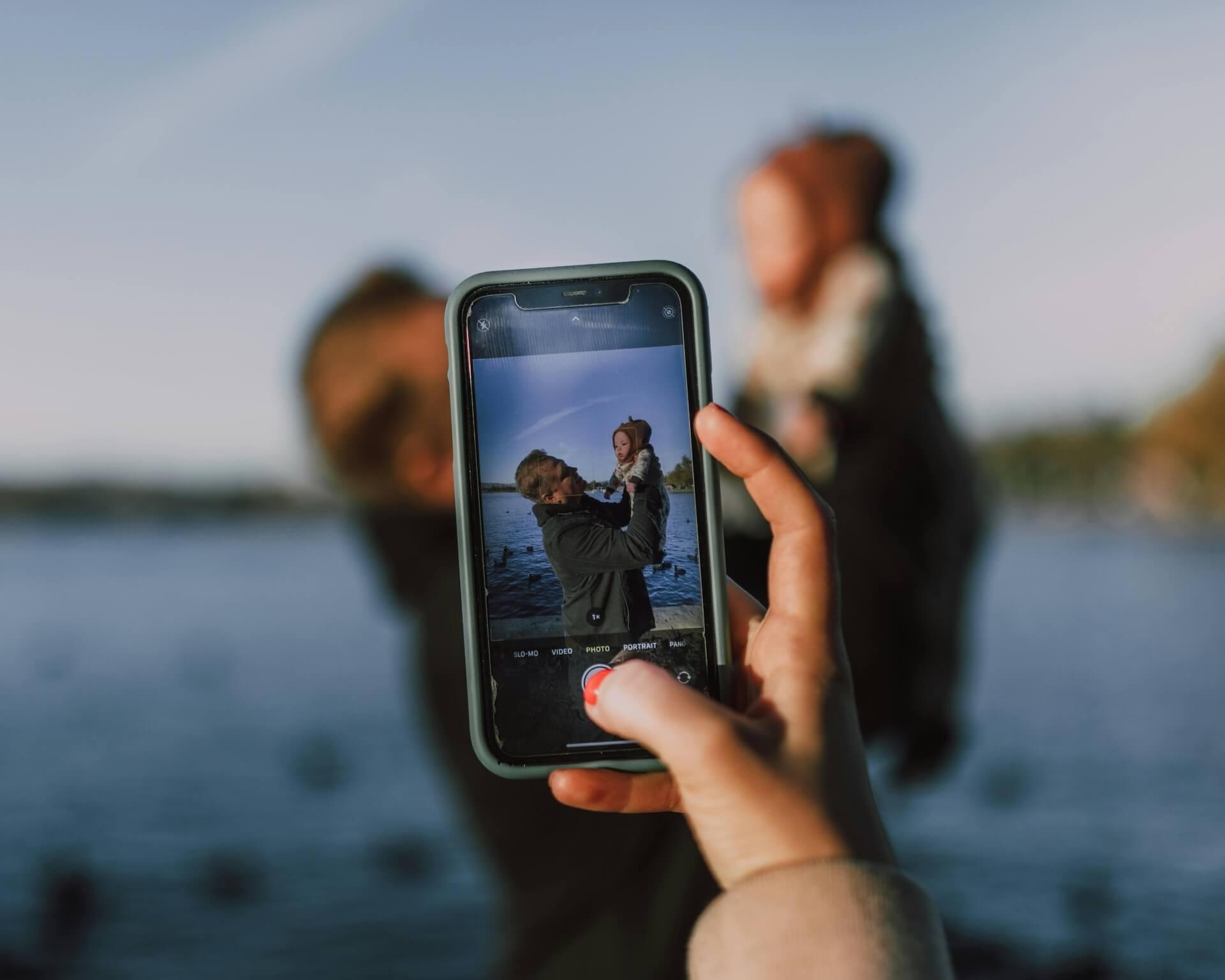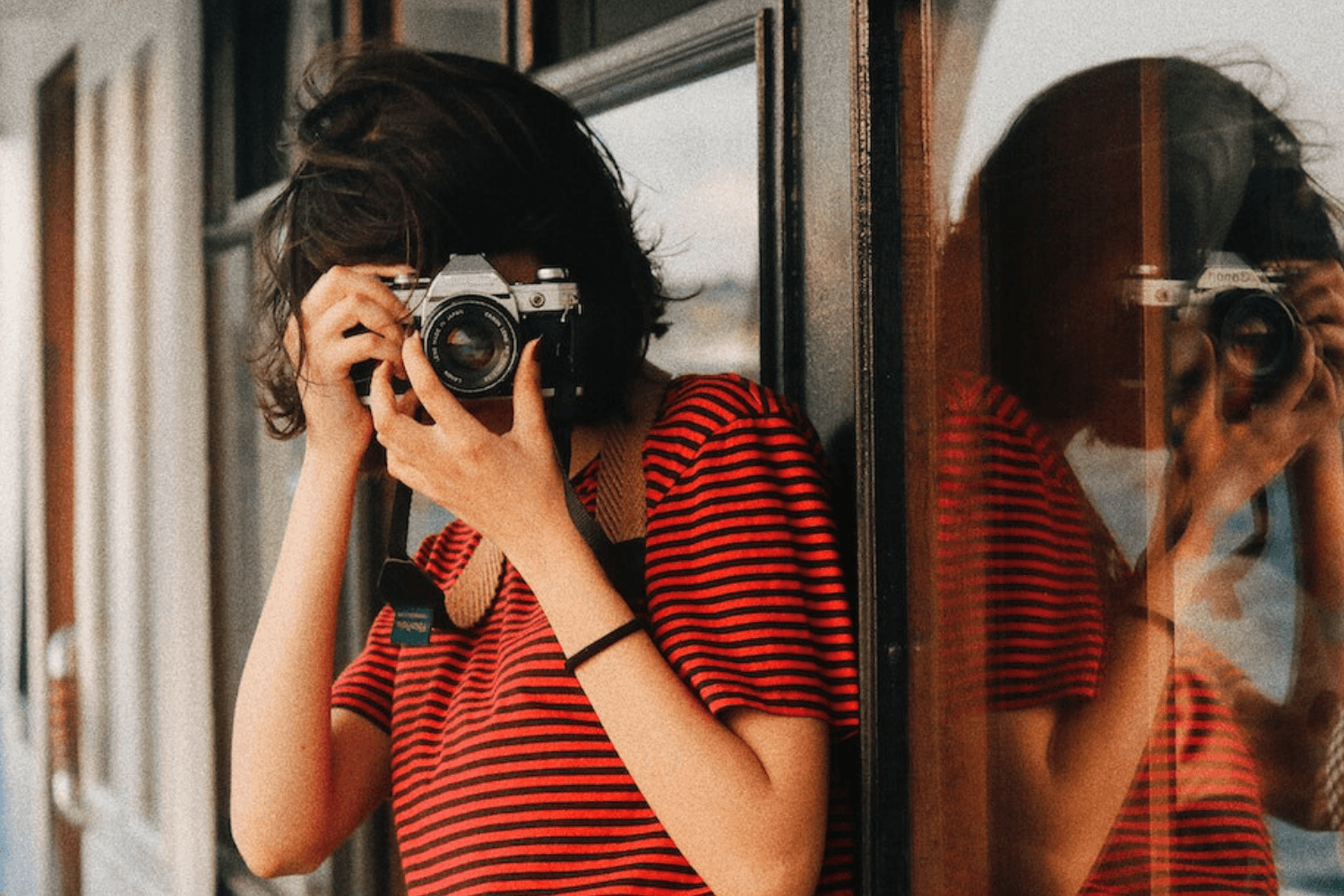'Civil War' Disappoints as a Film About Photojournalism
Yvan Cohen
Tue May 07 2024

It's the film everybody's talking about. Written and Directed by British filmmaker Alex Garland, Civil War is an action movie, set in an imaginary, though not unimaginable, future where America is ruled by a dictator, polarisation has dissolved into armed conflict and violent anarchy stalks the land.
While the film clearly contains a political warning, the role of photojournalism and the media lies at its heart.
The storyline, such as it is, revolves around a road trip undertaken by four journalists who decide to travel to Washington to interview a President besieged by a rebel alliance of Californian and Texan forces, known as the Western Front.
Veteran Reuters correspondents, war photographer Lee Smith (played by Kirsten Dunst) and writer Joel (played by Wagner Moura) reluctantly agree to bring along Sammy, an ageing New York Times correspondent (played by Stephen Mckinley) and Jessie, a young rookie photographer (played by Cailee Spaeney), who idolizes Lee and dreams of becoming a war photographer herself.
We quickly understand that for all involved, the decision to risk their lives crossing a war zone to get a story is an existential one. Part mission, part vocation and part adventure.
“Every time I survived a war zone, I thought I was sending a warning home - don't do this. But here we are,” declares the relentlessly grim-faced Lee.
Released to mixed reviews, Civil War is a film that wants to be profound but never quite rises above the level of a fast-paced action movie.
 Photo by Arshad Sutar
Photo by Arshad Sutar
Civil War is more about the thrill of the action than about the journalists
Director Alex Garland does succeed in creating a terrifying and convincing image of a dystopian America driven into civil war by the polarising impetus of ultra-nationalism and fascism. Juxtaposing scenes of normalcy with extreme violence, Garland provides us with a frightening glimpse of what life looks like when societal norms break down and a nation descends into Hobbesian chaos.
For all the film's heart-pumping action and gory realism, however, Garland overlooks the more subtle social and political dynamics which led to the war he so effectively portrays. Garland says he deliberately kept the political context of Civil War vague because he wanted it to appeal to viewers of all political stripes, but his omission removes a dimension that could have given the film more meaning and depth.
While the film glorifies the role of journalists covering conflicts, and clearly shows the huge amount of courage it takes for professional journalists to document a war, Civil War seems more focused on the thrill of its set-piece combat scenes than on the complex ethical and philosophical questions which lie behind the work of journalists covering important and dangerous stories.
This feels like a missed opportunity, rendering the film simpler and less engaging than it might otherwise have been.
In the moments of calm which punctuate the journalists' journey, Garland's protagonists appear more preoccupied by their own relationships and the promise of imminent adventure, than the broader, more serious questions raised by the conflict they are covering.
 Photo by Nur Andi Ravsanjani Gusma
Photo by Nur Andi Ravsanjani Gusma
Photojournalists are more than just “thrill-seeking junkies”
Garland, who first rose to fame as a fiction writer, could have used these lulls to add depth and nuance to his characters, giving the viewer an insight into what drives war correspondents to take so many risks. Such moments would have been a perfect opportunity to explore the doubts, fears, ideas and motivations of the reporters.
For journalists in the real world, it's not only the hot action which makes a story, it's also the refugees a conflict displaces, the traumatic impact war has on society and the revealing contrasts that often exist amidst the turmoil.
At one point the journalists take shelter in a center for displaced people. This would normally be an opportunity for interviews and pictures. Seemingly uninterested in those impacted by the conflict, however, Garland's photojournalists don't take a single picture, and the writers interview no-one.
At times it feels as though Garland leans too far towards a predictable depiction of war correspondents as thrill-seeking adrenaline junkies, though there are moments when his dialogue rings true. “I've never felt more scared and more alive at the same time,” says a visibly shaken Jessie after covering her first combat situation.
The film also shows the psychological trauma of journalists exposed to extreme violence and near-death experiences. The risks of reporting from the front line are, we understand, both physical and mental.
 Photo from 5050 Travelog
Photo from 5050 Travelog
Lazy choices and unrealistic depictions led to a lack of depth in the film
However, for a film which aims to put photojournalism center stage, some of the Director's choices feel decidedly lazy.
For example, Rookie photographer Jessie shoots using old Nikon FE2 film cameras, while the more experienced Lee uses modern digital cameras.
For a photojournalist to travel into a war zone with film cameras today, let alone in the future, is highly unlikely. Even less so for a young photojournalist for whom the cost of film would be prohibitive and the demands of developing in the field impractical (we see Jessie developing her film in the field), not to mention the challenges of transmitting pictures. Jessie also appears to be shooting in black and white and with no motor drive, which is equally unlikely for real-world photojournalists in such risky and fast-paced situations.
The lack of communications felt unrealistic too. When mobile signals are unavailable and the story big enough, photographers working for major media organisations are usually equipped with satellite communications which do not rely on terrestrial infrastructure. It's hard to believe that two prominent Reuters journalists on mission to interview the President would be unable communicate with the outside world.
Ultimately, if Garland had intended Civil War to illustrate the importance of journalists as witnesses to history and essential messengers of truth, his film feels like a missed opportunity; lacking in realism, subtlety and depth. We are left with an entertaining, often very tense, action movie that nevertheless falls well short of its director's loftier aspirations.
Written by Yvan Cohen | Yvan has been a photojournalist for over 30 years. He's a co-founder of LightRocket and continues to shoot photo and video projects around South East Asia.
Cover image from LA Times
To read more helpful articles on photography, check out our blog page.
Join our growing photographer community at LightRocket and get powerful archive management and website building tools for free!


